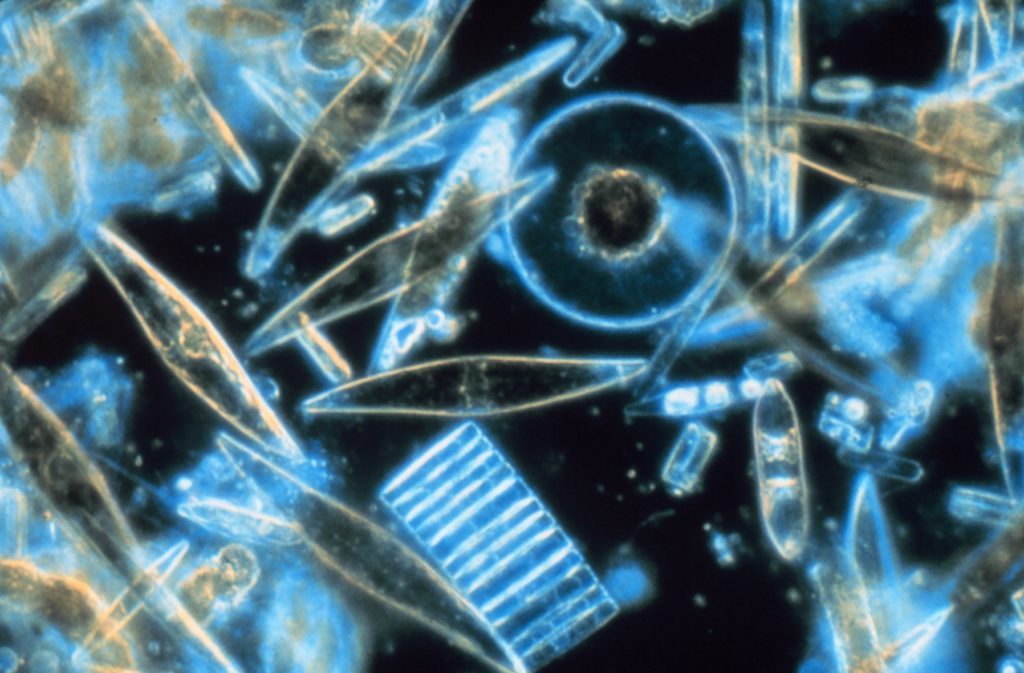By Cathleen O’Grady.
In the winter of 2013, a mass of warm water began to spread throughout the eastern Pacific Ocean. The Blob wreaked havoc on marine life—sea lion pups starved, seabirds died, and salmon fisheries suffered.
Helping to unravel this mess is the Continuous Plankton Recorder (CPR), an antique device that uses rolls of silk and 18th-century clockmaker’s technology to sample plankton near the surface of the ocean. Invented in England in 1922, the CPR device’s design was refined throughout the 1920s, and has been left more or less unchanged since 1929. Since then, the CPR Survey—a project currently based out of Plymouth, England—has been using these devices to take snapshots of the tiny organisms that make up the ocean’s plankton.
Such long-term records make it possible to track the effects of ocean events like the Blob, says Sonia Batten, who is using data from these devices to understand how plankton in the North Pacific were affected by the marine heatwave. If no one knows what the plankton looked like before a heatwave, it’s impossible to track changes. And to have an accurate comparison across time, the data needs to have been collected using the same method all along. “Your understanding is only as good as the baseline you have,” says Batten.
Each CPR device—of which there have been hundreds over the years—is a meter-long, stainless-steel, torpedo-shaped container that houses long strips of silk and can be towed behind any ship. As the crew deploys the device into the ocean, a propeller begins to spin in the churning water, driving a mechanism that unravels the rolls of silk. Water streams through a tiny hole at the front of the torpedo, and the silk traps the plankton. A second roll of silk then completes a “plankton sandwich” that preserves the sample for analysis.
READ MORE at smithsonianmag.com

